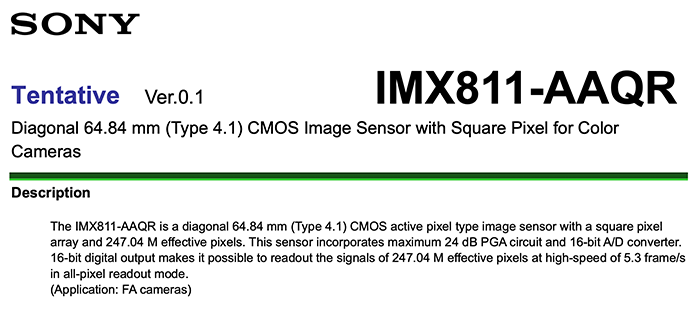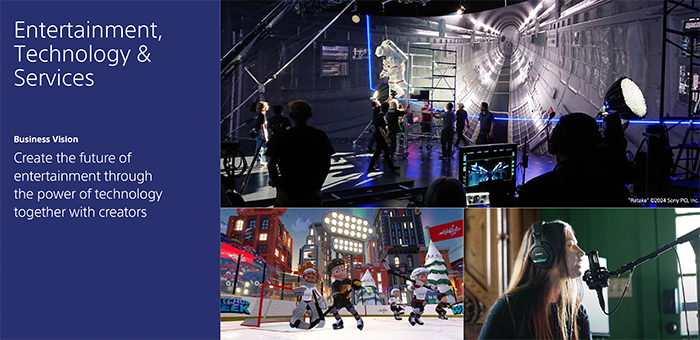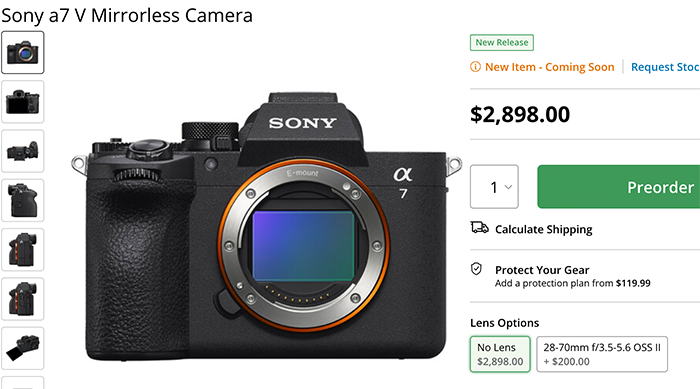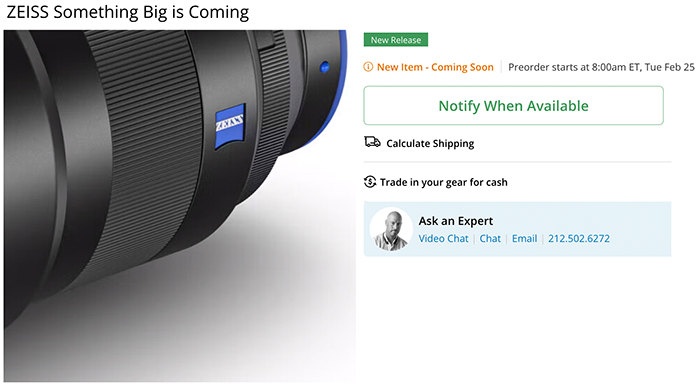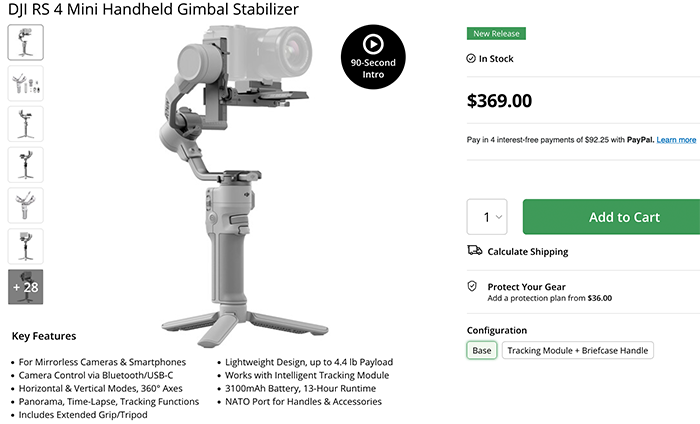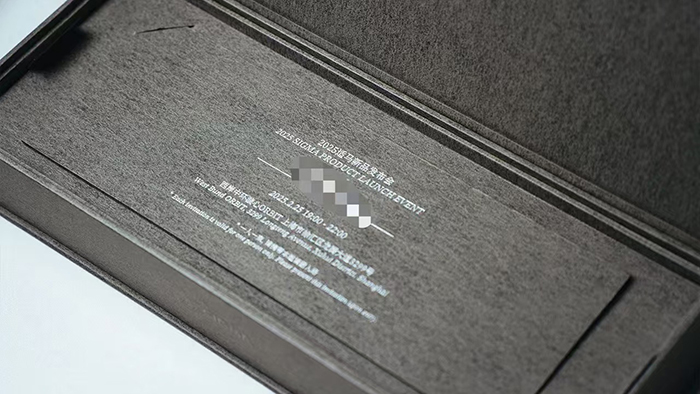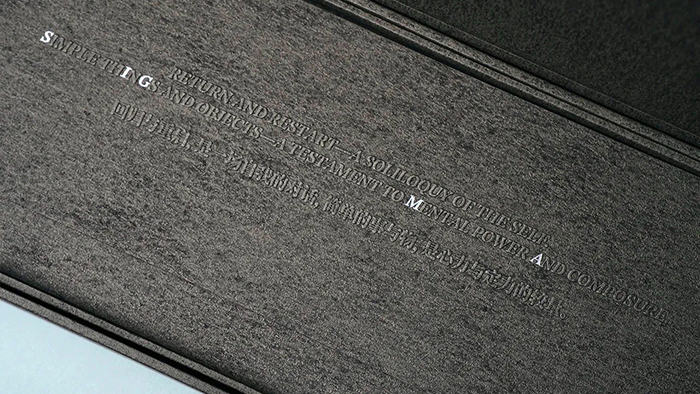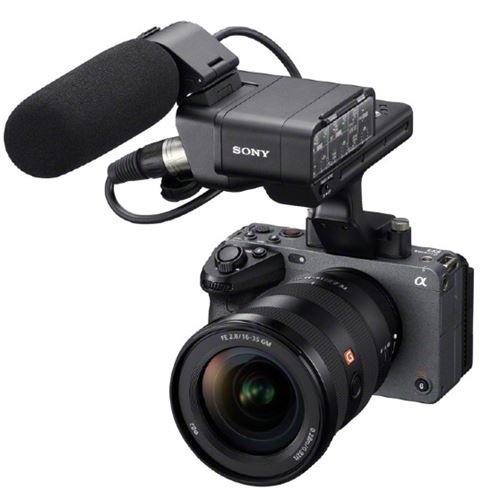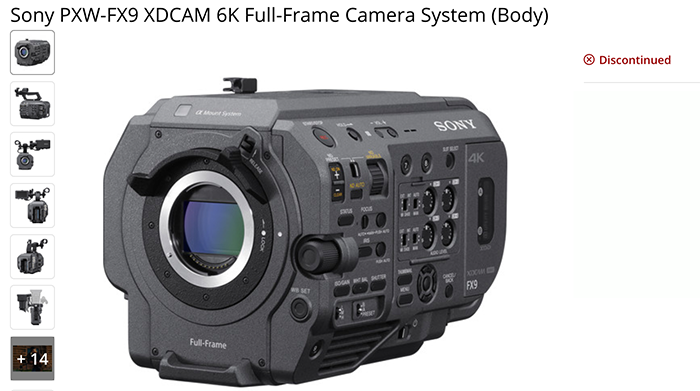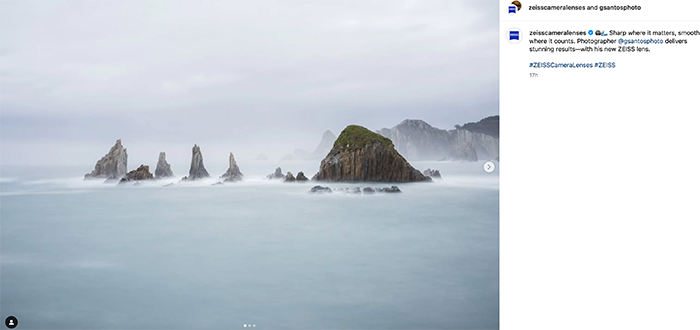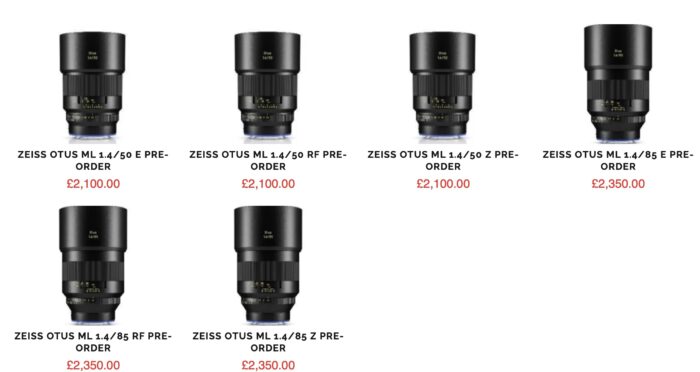
UK store theclassiccamera has already the upcoming Zeiss Otus lenses listed on their website.
Down below you can find the specs.
You can access the product pages at theclassiccamera – via how2fly
ZEISS OTUS ML 1.4/50 E PRE-ORDER
Lens Design ZEISS Otus ML 1.4/50
Distagon with 14 lens elements
Lens with aspheric optical surface
Lens made of special glass
▪ The all-metal construction with the highest craftsmanship and quality made in Japan.
▪ Clear, easily readable, and ultimate precise scales, allow quick and accurate adjustments to maintain full control and focus.
▪ Compact and portable form
− 1.4/50: 77 x 100mm, 677g
− 1.4/85: 88 x 113mm,1040g.
▪ Optimized for latest mirrorless mounts (Sony1 E, Canon2 RF, Nikon3 Z).
▪ Signature ZEISS Distagon and Sonnar designs are the baseline to give the best performance and sharpness.
▪ As an apochromat, the chromatic aberrations of the lens are corrected by lenses made of special glasses with anomalous partial dispersion. The chromatic aberrations and coloured artifacts are therefore limited to minimum, and colours are rendered as in reality, well-balanced and true to life.
▪ The aspherical lens design ensures consistent imaging performance across the entire field of focus as well as sharpness at the edge of the image. The more complex surface profile of the aspheric lens reduces the spherical aberration and further optical aberrations.
▪ The ZEISS T* coating reduces ghosting and flare.
▪ Ten aperture blades for beautiful bokeh.
Manual Focus
▪ In a low-light conditions by manually adjusting the focus one can have more control over challenging lighting situations and achieve sharpness exactly where they want
▪ For portraits, especially with a wide aperture depth of field is very shallow, manual focus allows greater control in focusing
▪ Otus ML lenses can offer an advantage in controlling the depth of field, as the photographer has full control over the focus point By manually focusing on a specific area in the frame, the photographer can choose the exact point of focus and control the depth of field accordingly
▪ Some photographers simply prefer the tactile experience and control that comes with manual focusing, finding it more engaging and satisfying
▪ Photographers may want to focus on specific elements within a scene for artistic reasons , such as achieving a shallow depth of field or isolating a subject
▪ Photographers appreciate the slower, more deliberate pace that manual focus allows to find joy in the craft itself
ZEISS OTUS ML 1.4/85 E PRE-ORDER
▪ The all-metal construction with the highest craftsmanship and quality made in Japan.
▪ Clear, easily readable, and ultimate precise scales, allow quick and accurate adjustments to maintain full control and focus.
▪ Compact and portable form
− 1.4/50: 77 x 100mm, 677g
− 1.4/85: 88 x 113mm,1040g.
▪ Optimized for latest mirrorless mounts (Sony1 E, Canon2 RF, Nikon3 Z).
The story of portrait photographers: they have a certain image in mind. They plan and cast, test out different lighting situations, try to push their subject to the limits and optimize their craft until they’ve achieved to visualize their vision.

